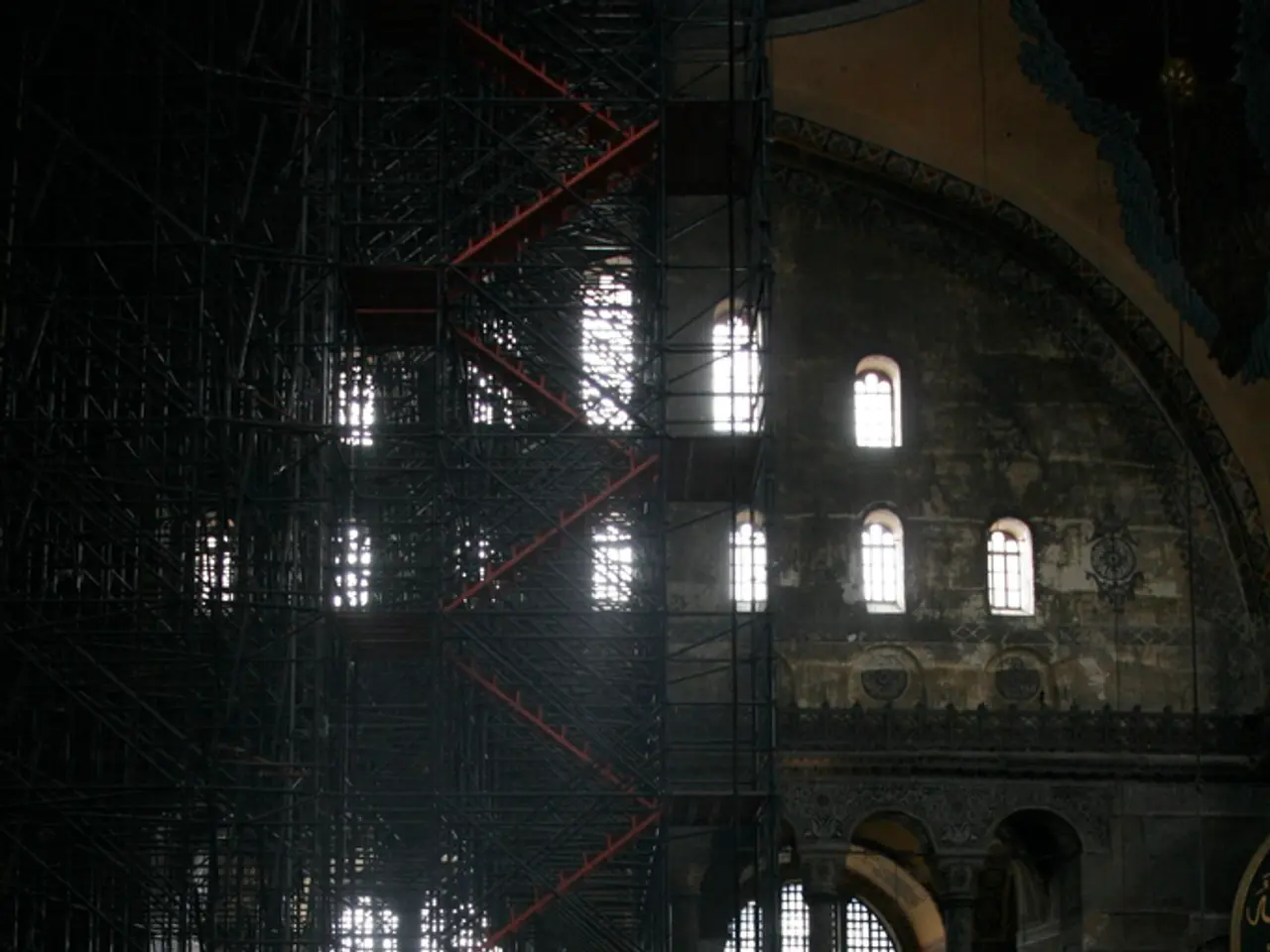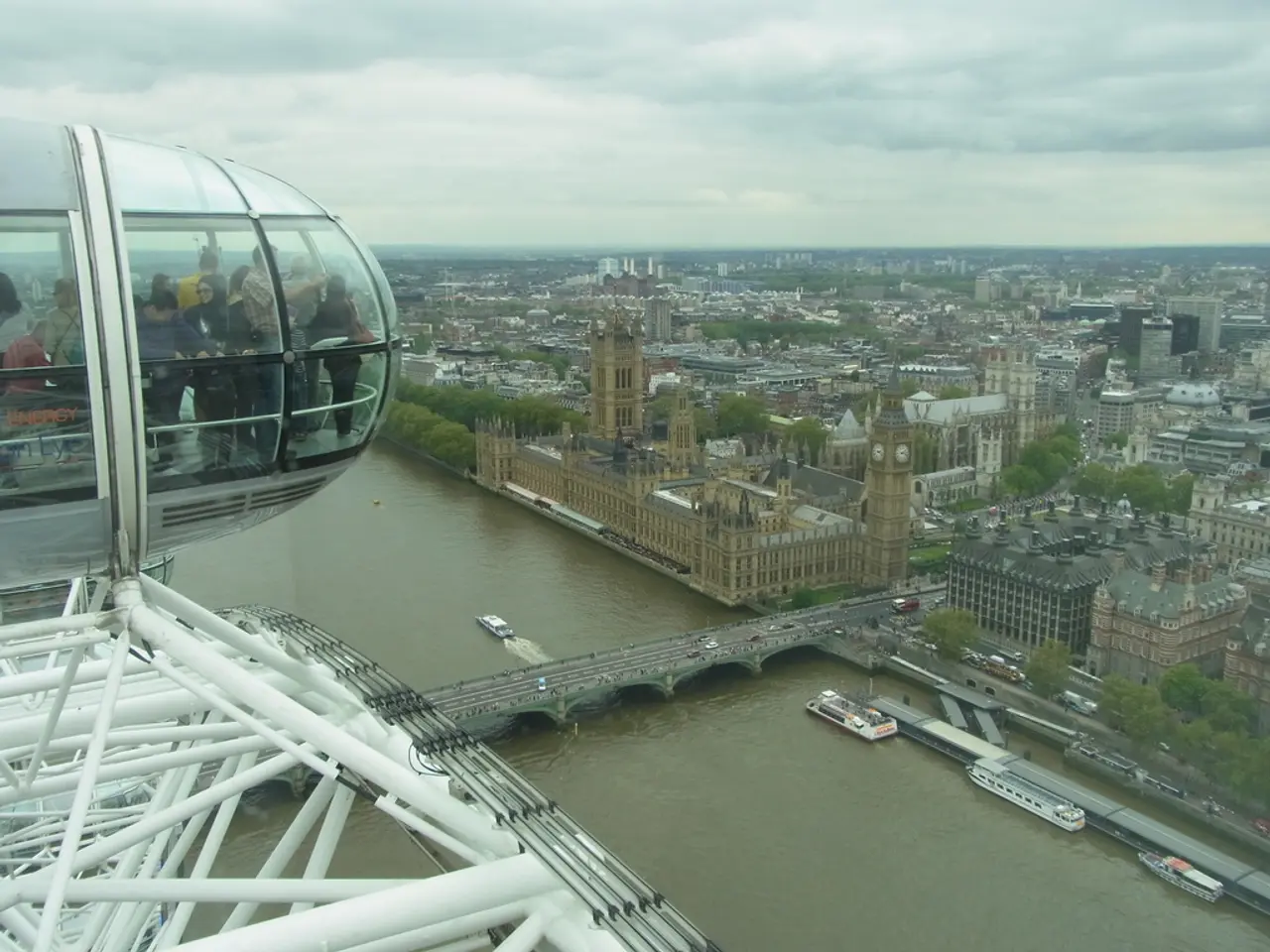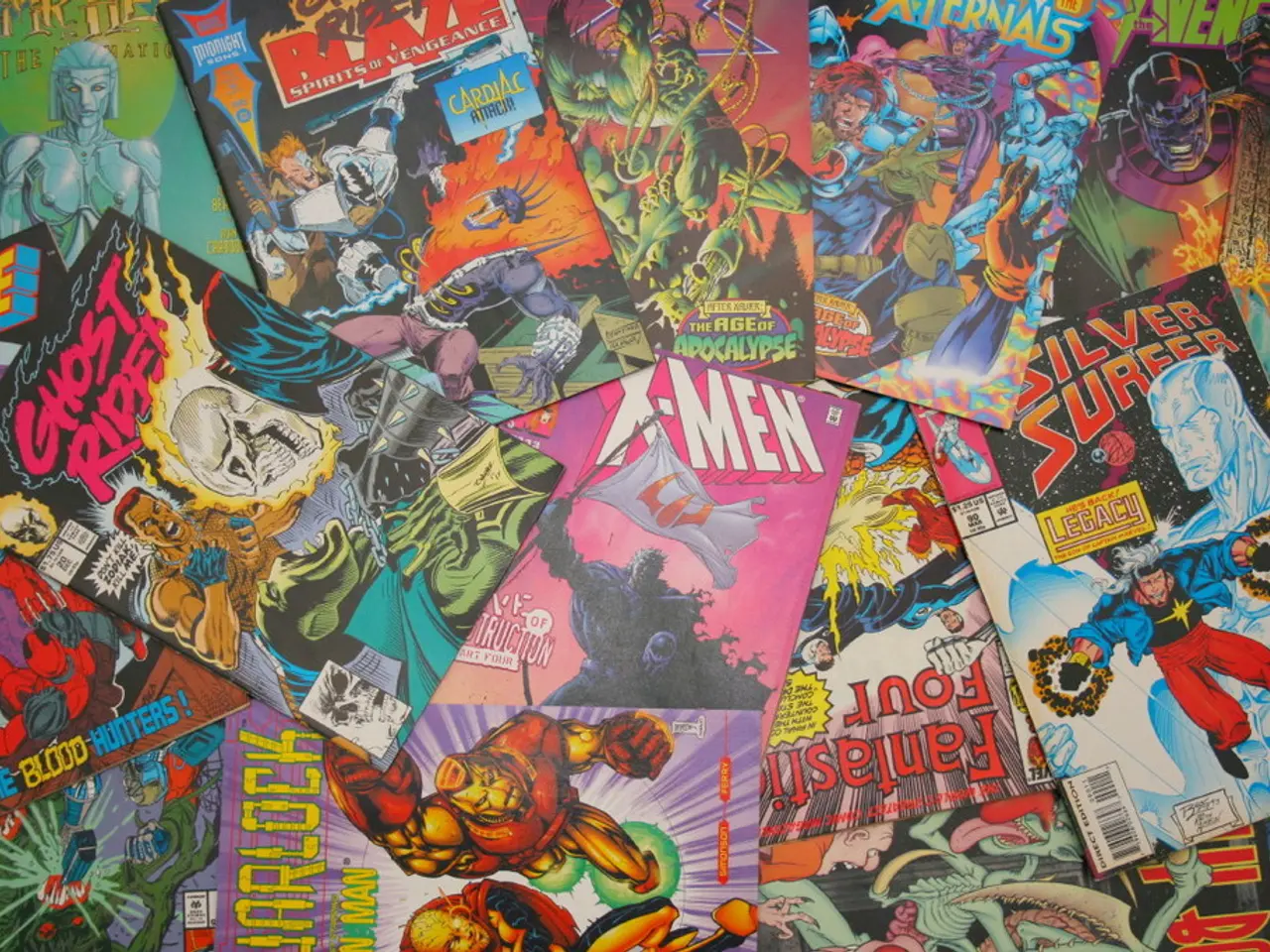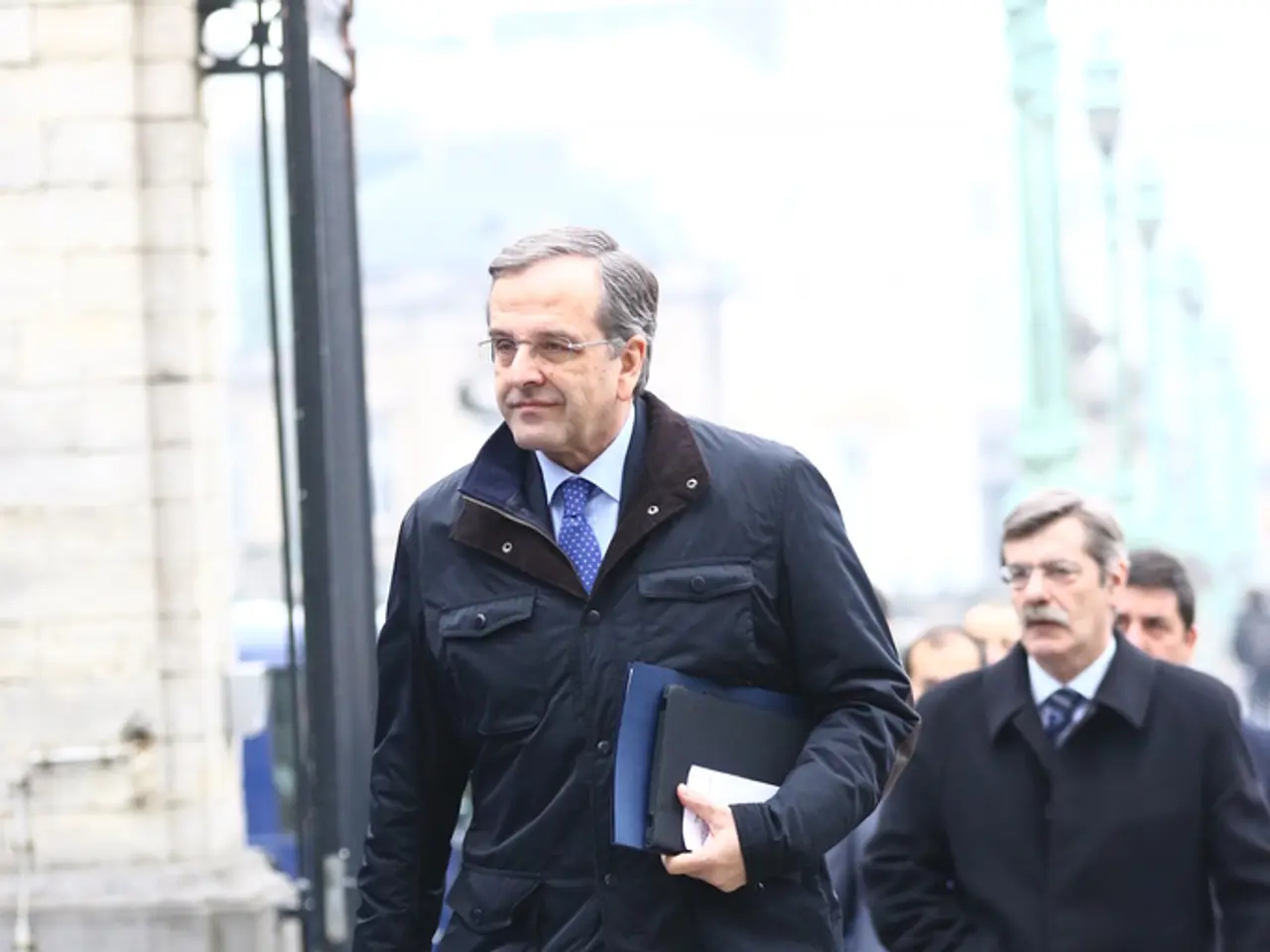Viktor Kossakovsky's latest cinematic offering, 'Architecton', packs a punch, notably in its silences.
In the realm of thought-provoking cinema, Russian director Victor Kossakovsky's latest film, "Architecton," stands out as a powerful visual argument against the unsustainable practices of modern architecture. The nearly wordless movie is a meditation on stone and concrete, offering a striking critique of humanity's exploitation of the Earth through the building of man-made structures.
The film's central message is encapsulated in its breathtaking shots of a terraced quarry that has claimed an entire mountainside, symbolizing the destruction wrought by contemporary architecture's overreliance on concrete. Architect Michele de Lucchi, featured in the movie, reflects on the transient nature of modern buildings and their lack of true artistic or ecological integration.
De Lucchi's design for a circle, a human-free area intended to return to nature, serves as a hopeful alternative. The architect speaks Italian throughout the movie, describing the circle's creation as "simply useless" but painstaking and precise. The circle, though seemingly simple, is considered essential in the context of the whole movie.
The circle's creation is depicted in the movie, with scenes of stone blasting and concrete ruins evoking a sense of loss and environmental violence. However, moments like de Lucchi’s creation of the circle symbolize a hopeful, nature-centered alternative where human activity is minimized and nature is allowed to flourish within architectural spaces.
"Architecton" uses these images to offer a dazzling, epically cinematic argument. Stones fracture and shatter, creating a rumbling sound like thunder. Elsewhere in the movie, stones seem to dance to a club beat as they skitter and bounce on a conveyor belt. A nearby pine tree sheathed in freshly fallen snow is viewed from directly above and glitters in the sunlight like a giant snowflake.
Critic Bob Mondello found the movie powerful, often for what it doesn't say. The film draws a conceptual link to Kazimir Malevich’s avant-garde Architecton sculptures, symbolizing pure architectural expression and utopian vision. However, the film brings this lofty ideal back to earth, suggesting true beauty and sustainability come from grounding architecture in natural elements—looking "downward" into bedrock rather than toward speculative futuristic designs.
Kossakovsky's films are known for their gorgeous images, and "Architecton" is no exception. The movie's minimal narration and evocative imagery position it as a cinematic meditation on architecture’s impact on civilization and the planet. It serves as a poignant reminder of the importance of harmony between human construction and the natural world.
The film "Architecton" presents a visual critique of modern architecture, showcasing the destructive impact of overreliance on concrete through its breathtaking shots of a terraced quarry. In contrast, the creation of Michele de Lucchi's circle, a human-free area intended to return to nature, symbolizes a hopeful, nature-centered alternative, encouraging harmony between human construction and the natural world.







